
Fifth disease is also known as erythema infectiousum. This condition is one of the manifestations of infections by erythrovirus, which is also known as parvovirus B19. Erythrovirus is known to cause childhood rash known as fifth disease, and it was first discovered in 1975. Infected respiratory droplets mainly spread the virus and people living in the house with an infected person are usually at high risk of contracting the infection themselves. It is also very common that classroom contacts become infected. Outbreaks usually arise in nurseries and school and occasionally (every three to four years) there is an increase in the number of cases, and even an epidemic.
Symptoms of fifth disease
Symptoms of fifth disease involve bright red rash on the skin, and especially on the cheeks. Owing to this feature, the disease is also known as slapped cheek disease. Typically, the rash starts at the top of the nose and around the mouth, while slowly transgressing to the cheeks and the rest of the body. In most of the cases, child’s upper arms, shoulders and legs are affected.
When this disease occurs in teenagers and adults, it may also include painful swelling of the joints and may very much resemble arthritis. For these patients, it may be hard to walk, to bend joints and even to perform everyday activities such as holding a pencil or typing. In most of the cases, this mild condition resolves in a couple of days. Sometimes it may linger for weeks but the patients are not infectious once when the rash appears.
Fifth disease is not generally a serious condition. In most of the cases, it does not involve any special kind of complications besides limiting patient’s abilities to walk or bend joints, and preventing the patients to leave their houses.
However, certain groups of patients may face more serious consequences of the fifth disease. Pregnant women are at the highest risk of complications, especially in the first trimester. The fifth disease is associated with hydrops fetalis, which causes spontaneous abortion. If a fetus in the body of a pregnant woman becomes infected, the virus disrupts baby’s ability to generate red blood cells. Consequently, this leads to anemia and heart failure.
People with other underlying conditions, such as sickle-cell disease or other forms of chronic hemolytic anemia can also have complications. In these patients, the fifth disease may contribute to aplastic crisis, which is characterized by abnormal decrease of reticulocytes (immature red blood cells) in the body.


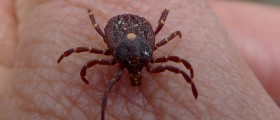

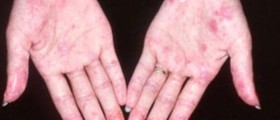


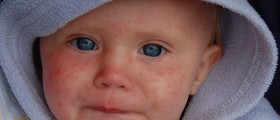




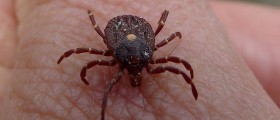
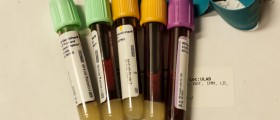



Your thoughts on this
Loading...